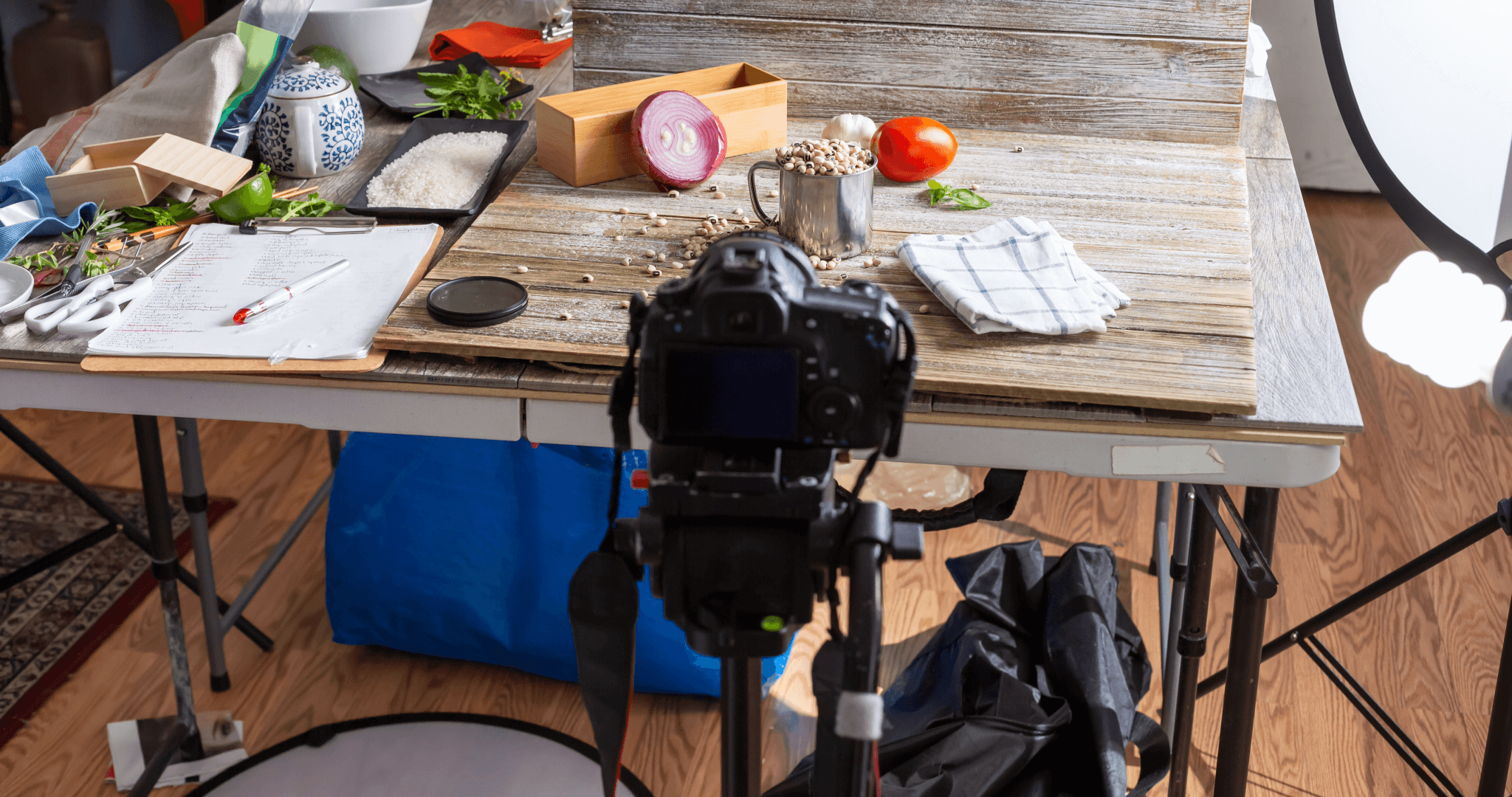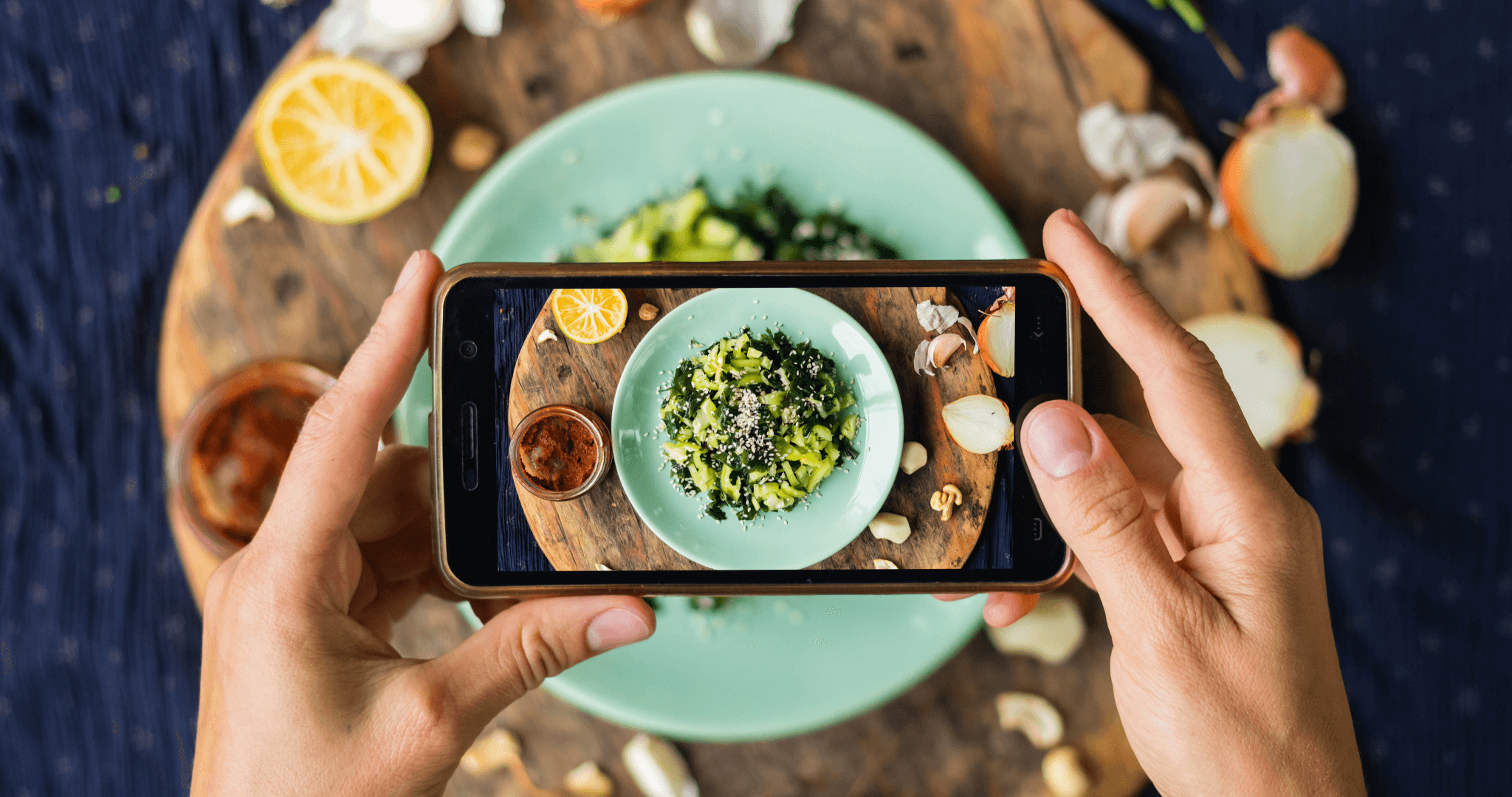Why Food Photography Is Crucial for Your Business
Posted by Stelios on 15th Apr 2024 Reading Time:
As a small business owner in the food sector, I understand the undeniable importance of first impressions. " Don't judge a book by its cover," they say, yet visuals speak volumes in the world of food before a single bite is tasted. This is why high-quality food photography is an option and a necessity for success in the food and hospitality industry.

Food photography is not just about capturing meals; it's about crafting a captivating visual story that aligns with your brand and culinary creations. The potential for a 25% increase in sales, as proven by studies that show photo-based menus convert significantly more customers than text-only versions, is a compelling reason to consider professional food photography.
Visuals are powerful tools. A vibrant, well-composed image of a dish can entice new customers, creating a strong first impression that draws them into your establishment. The emotional impact of these images is significant; they not only spark desire but also foster trust and credibility by showing customers exactly what they can expect.
In our digital age, the benefits of food photography extend into online marketing, significantly impacting SEO and social media engagement. By optimising images with relevant keywords, your website's visibility in search engine results can improve, drawing more traffic and potential customers. Furthermore, visually appealing content is more likely to be shared on social media, enhancing your reach and attracting a broader audience.
Furthermore, embracing food photography is a way to shape and amplify your brand's identity. Whether your restaurant embodies sophistication or rustic charm, professional photos should mirror and enhance this persona. This visual alignment not only sets you apart from competitors but also reinforces your brand's message and values, sparking excitement and inspiration.

I have put some tips together to get you started.
Choose the Best Angle: Experiment with different angles to find the most flattering perspective for each dish. Shots from above are great for dishes like pizza, which show off all the ingredients, whereas front shots are better for taller items like burgers.
Focus on the Food: Ensure that the food is the star of the photo. Keep the background and props simple and neutral to avoid distracting from the dish.
Consistent Style: Maintain a consistent style across all your photos to help build and reinforce your brand identity. Decide on your signature style and stick to it across all platforms.
Leverage Natural Light: Natural lighting is often flattering for food photography, providing authenticity and appealing visuals. Use a window or outdoor setting to make the most of daylight.
Use Simple Editing Tools: Enhance your photos with basic editing tools available on most smartphones, tablets, and computers. Adjust brightness, shadows, and crop images as needed without expensive software.
Background Matters: The choice of background can significantly affect how the food is perceived. Choose backdrops that align with the vibe of your brand, whether it's rustic wood, industrial metal, or natural scenes.
DIY Equipment: You don't need high-end equipment to improve your food photography. Simple DIY solutions like a reflector made from aluminium foil and cardboard can enhance natural lighting and improve your photos.
In conclusion, investing in professional food photography is a multifaceted strategy that boosts sales, enhances online presence, and shapes brand identity. It's not just about capturing food at its best; it's about capturing the essence of your brand and the quality of your offerings.
I invite you to share your thoughts and experiences with food photography in the comments below. Have you noticed a difference in customer engagement or sales after upgrading your images? Let's discuss.

